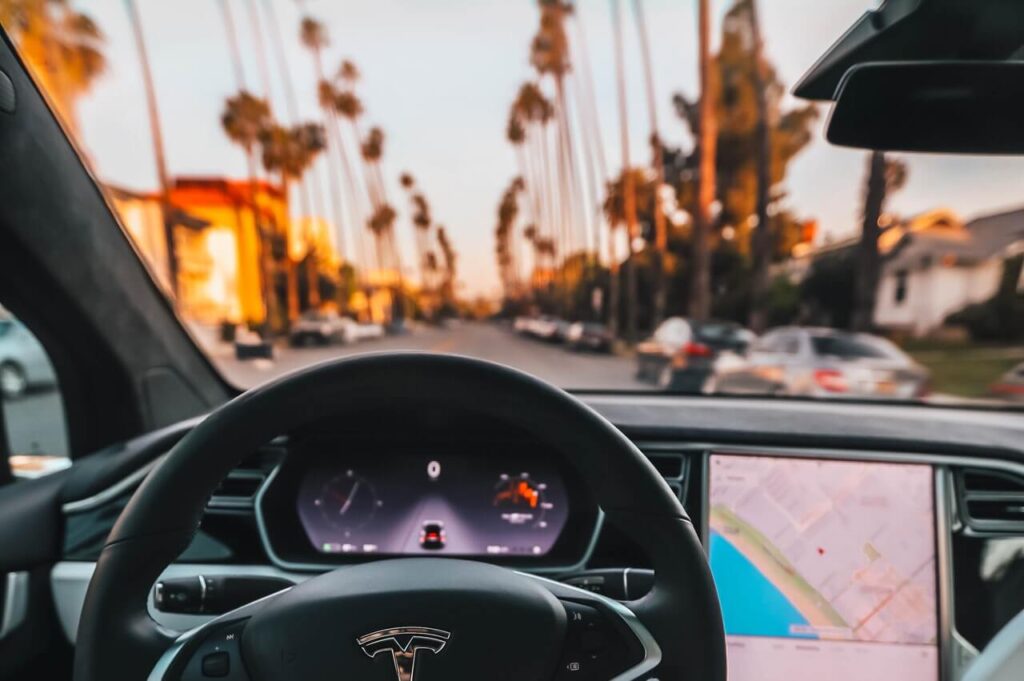A Question of Trust & Technology
One of the most exciting aspects of a Tesla isn’t that it’s battery-powered or fully electric—but the fact that it can drive itself.
The autopilot feature seems like something out of science fiction, but it’s quickly becoming one of the most exciting new pieces of technology to emerge from the automotive industry in the last few decades.
So, how foolproof is Tesla’s autopilot?

Levels of Automation
To understand Tesla’s autopilot feature, we need to briefly review the levels of automation.
Almost every car on the road is Level 0—no automation. If you are fully in control, you’re at Level 0. Adaptive cruise control would fall under Level 1, while some partial driver assistance programs fall under level 2. Tesla’s autopilot is technically level 2 automation, because it does require the driver to remain aware and be ready to take over at any time.
Level 3 is conditional, taking over most of the driving tasks. Level 4 is high automation, where you can override the autopilot if necessary or desired. Level 5 is full automation—these vehicles might not even have a steering wheel once we reach that point.
How Does Tesla’s Autopilot Work?
Tesla’s autopilot uses a combination of cameras, radar, and ultrasonic sensors to monitor the world around the vehicle, allowing it to effectively drive itself in limited situations. It isn’t as comprehensive as the full self-driving capability that Tesla also offers, which includes everything from navigation on autopilot to auto parking and even the ability to summon your vehicle. [Ed. note: Tesla does not use lidar, a sophisticated laser-based sensor, which many other autonomous vehicle developers depend on.]
Autopilot can steer and match the speed of your car to surrounding traffic, helping to take the edge off, especially on those long trips or boring commutes.
Benefits of Self-Driving Cars
While convenience is one obvious benefit, it isn’t the only upside of the introduction of self-driving cars. Autonomous cars could potentially reduce fatal traffic accidents by up to 90%, in addition to reducing emissions, improving traffic patterns, and reducing travel time—just to name a few.
Autonomous vehicles (Avs) may help you keep more money in your wallet as well, thanks to potentially lower insurance rates. The fact that self-driving cars are so effective at keeping people safe may reward self-driving car owners with lower insurance premiums.

Challenges Remaining
Self-driving cars might sound like an awesome way to make the roads safer, but we’re still a ways off from having them take over the majority of our daily commutes.
There are still a lot of problems on the horizon, from getting AVs to communicate with each other, with drivers and with pedestrians to determining who moves first at a four-way intersection. They all prove challenging for even the savviest engineers.
How Foolproof is Tesla’s Autopilot?
So, how foolproof is Tesla’s autopilot? Considering an artist once trapped one with a ring of salt, we’ve still got a ways to go before it’s ready for mainstream use.
It’s a great move for the future, but for the moment, technology hasn’t caught up with our imaginations just yet.
Related Stories You Might Enjoy—More Tesla News
News: Tesla Continues To Create Conflicting Data
Tech: Benchmarking the Tesla Model Y
News: CA/China EV Sales Tell Tesla Story
Update: Forget Ford vs. Ferrari; It’s Ford vs. Tesla

4 thoughts on “Tech: How Foolproof Is Tesla’s Autopilot?”